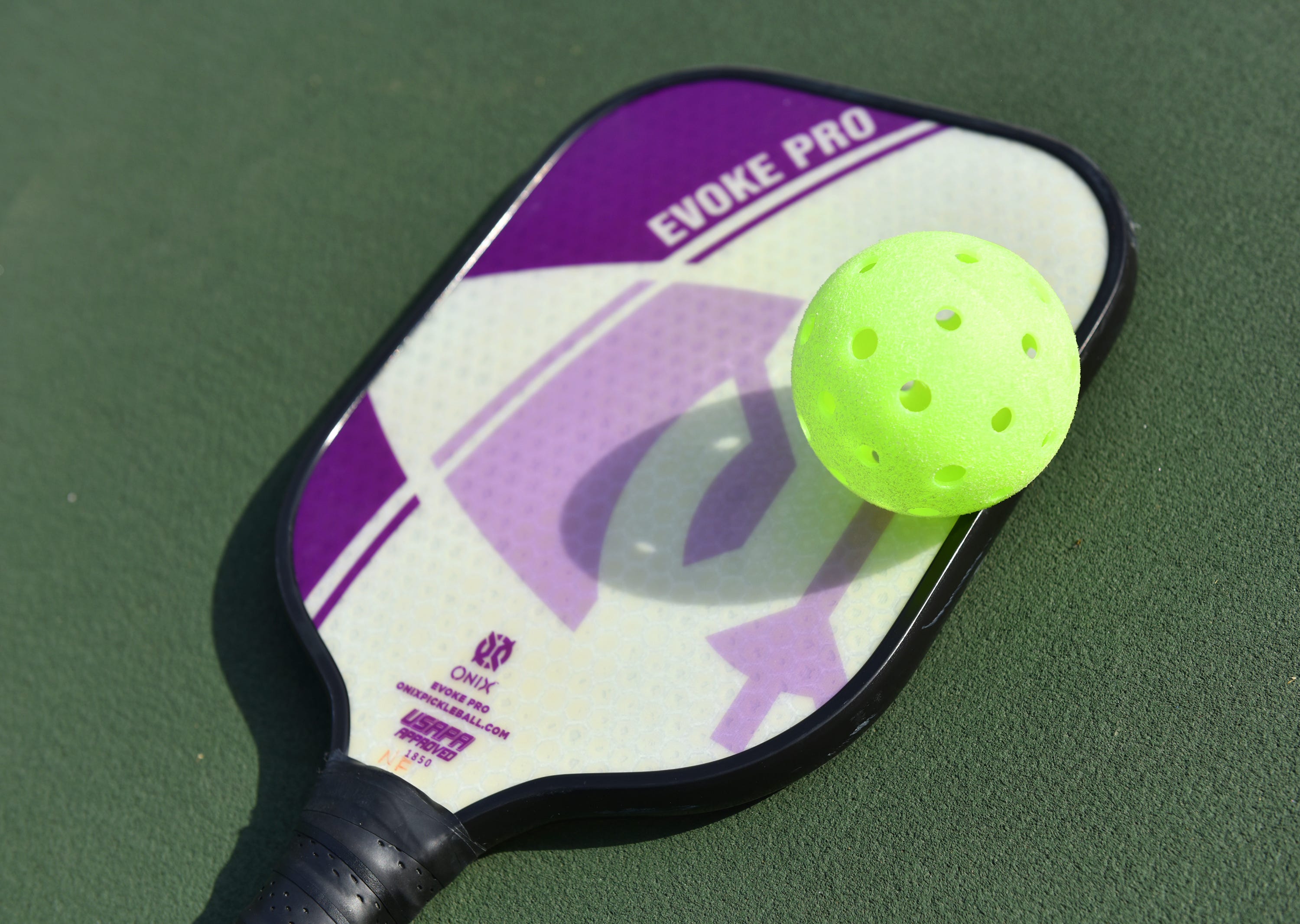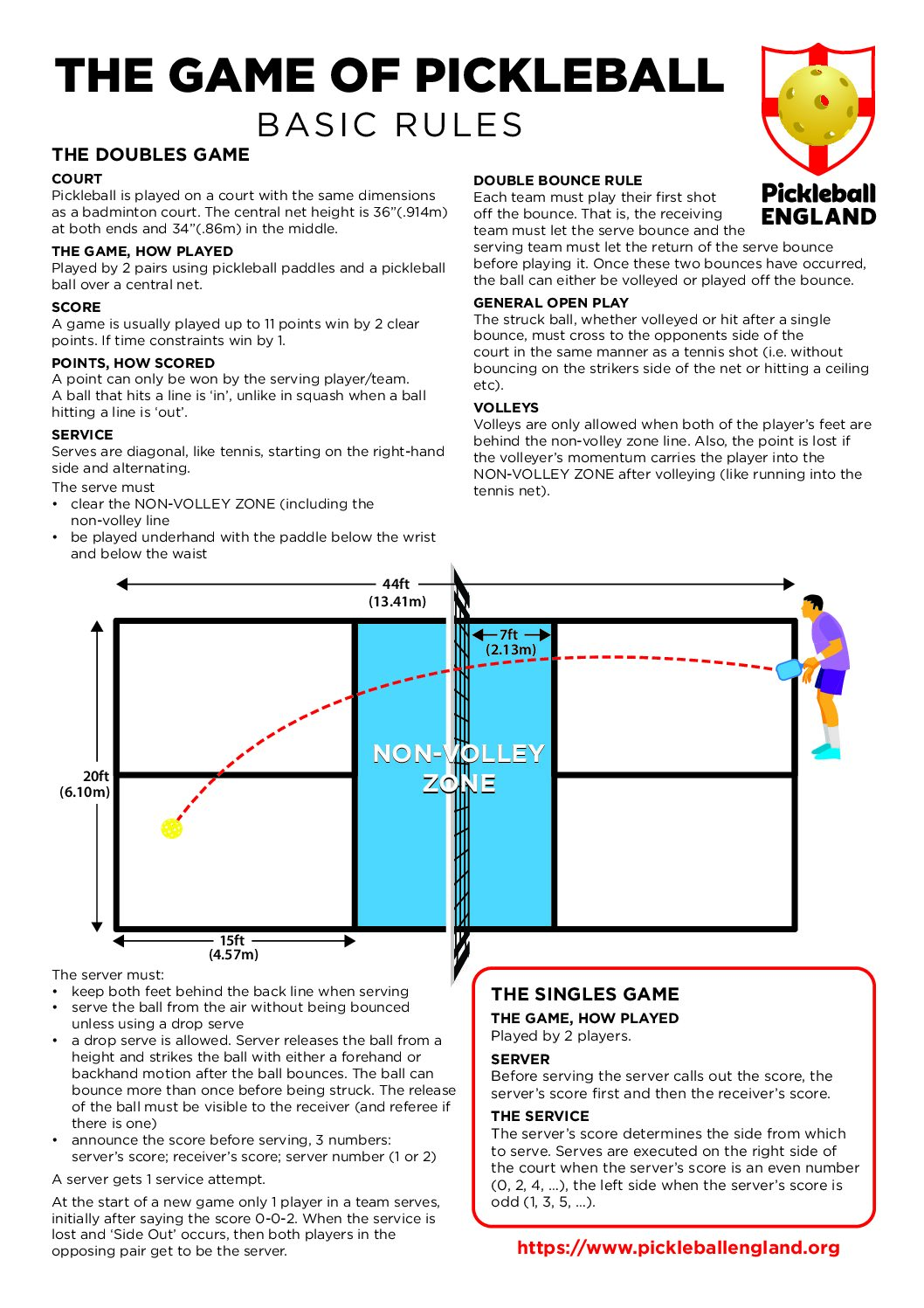
Squash is a popular and nutritious vegetable in America. It is a fall staple that comes in a variety or flavors and textures. It is delicious as a side dish when roasted, baked, and cooked.
Enjoy squash all year around! It is high in fiber, potassium and vitamin. Eating it at least 3x a week can help you keep your bloodpressure low!
Spaghetti Squash makes a delicious winter meal. The creamy texture of the squash makes it an excellent substitute for pasta.
Roasting spaghetti squash is the traditional way to prepare it. Roast the spaghetti squash until it is tender. You can remove the seeds and cut it in half. The cooking time is about 45 minutes. You can then serve it with all your favorite ingredients to make a delicious dinner.
The butternut squash is also a tasty winter squash. You can roast or bake it. It is a great choice for soups or stews. But it also tastes wonderful when mashed with potato. It's an excellent way to sneak vegetables into your daily diet.

Acorn Squash is another winter squash that can be enjoyed all year long. It can be roasted, baked, or steamed. It's rich in fiber, vitamins A and B, and magnesium.
This is also a good source of potassium and cobalt. It's an excellent option for diabetics.
There are several types of squash. But the most common type is pumpkin. It comes with a wide range of colors and sizes. It belongs to the Cucurbitaceae group and is widely grown in warm climates all over the world.
The skin of a pumpkin is normally thin, smooth and without ridges. You can peel it with a vegetable peeler or use a sharp knife.
Peeling squash can also be done by hand. However, it is a bit tricky. Use a peeler first to ensure safety.
You can also cook it whole, without peeling. After that, cube the skin evenly before serving. This is a convenient and easy way to cook it if it's going to be a side.

Acorn Squash contains a lot of fiber, potassium and protein. It is also a good food source of iron and calcium.
It is also low in calories and a good source for omega-3 fatty acid. People with diabetes or high blood cholesterol should choose this product.
Also, it's a great source of fiber, manganese and thiamin. It contains nine essential amin acids, is a source of all nine essential aminos and is rich in phosphorus. It's good for you because it contains magnesium and potassium.
FAQ
What Does Exercise Do for Your Body?
Exercise is a great way to lose weight, increase your energy, lower stress levels, strengthen your muscles, and improve your sleep quality. The benefits of exercise include improved moods, better self-esteem, increased productivity, and reduced risk of heart disease.
Why is it important to get enough sleeping?
Sleep is essential for maintaining a healthy lifestyle. Sleep allows your body to repair itself and recover from daily stresses. A good night's sleep is essential for optimal functioning throughout the day.
How do I get started with fitness?
Start small. You can start by taking 10 minutes each week to walk around the block. This will show you how to move and give your muscles the time to adjust. Once you've mastered this simple form of exercise, try adding more steps to your daily routine.
What is the importance and benefits of good nutrition for your health?
Our health and well-being depends on our nutrition. Healthy eating includes whole grains, fruits, vegetables, lean protein, dairy, and other healthy foods. Eating nutritious foods helps us stay fit and active, which leads to better overall health.
How exercise and nutrition can help to live a happier life
Exercise is good for your health, weight loss, muscle growth, stress reduction, and overall well-being. Nutrition is critical for energy and mood. You can live longer if you eat less meat and moderate alcohol intake, quit smoking, and engage in regular physical activity.
What are resistance training exercises?
Resistance training includes using weights and other objects to perform specific movements. Lifting weights will strengthen your arms. Resistance training increases muscle mass, bone density, and overall strength.
Statistics
- In high-income countries, 26% of men and 35% of women were insufficiently physically active, as compared to 12% of men and 24% of women in low-income countries. (who.int)
- Globally, 81% of adolescents aged 11-17 years were insufficiently physically active in 2016. (who.int)
- Adolescent girls were less active than adolescent boys, with 85% vs. 78% not meeting WHO recommendations of at least 60 minutes of moderate to vigorous intensity physical activity per day. (who.int)
- An estimated 110,000 deaths per year could be prevented (cdc.gov)
External Links
How To
How to motivate you to exercise regularly
A fitness Routine is a set of exercises performed regularly for a specific period of time. It helps people to increase muscle mass and toning their bodies. Regular physical activity improves cardiovascular health and reduces blood pressure, cholesterol levels, risk of heart disease and stroke, diabetes, depression, anxiety, stress, obesity, osteoporosis, and many other diseases. Exercise provides psychological benefits like self-esteem and confidence, mood, energy levels, sleep quality, and social interaction.
Why should you follow your own fitness plan?
You can lose weight and improve your health by following a workout routine. Why would you want one? Let's find out!
What does it really mean to exercise?
It's a minimum of three times per week that you engage in some form or activity such as running, swimming and yoga. You don't necessarily have to spend hours doing this; just 30 minutes of exercise is enough to burn calories and keep you healthy. It is important to follow the plan. Do not worry if you forget a day. You can just pick up from where you left off the previous time.
How much time should I dedicate to my health and fitness?
The amount of time you spend on a workout depends on your level of activity. For a moderate workout, it takes between 20 and 30 minutes. If you are new to exercise, start slowly, with 5-10 minutes at first. Gradually increase the time until you feel comfortable.